
Certain types of ticks can be carriers of Lyme disease, which is caused by a bacterium, Borrelia burgdorferi. The areas where the Lyme disease is spread are Europe, Asia and North America. Two types of tick are to be blamed for Lyme disease: the western blacklegged tick and the blacklegged tick in Canada. Lyme disease can’t be spread from human to human, and there weren’t any cases of getting Lyme disease from cats and dogs. Ticks are small insects that live in the woods and grass. They attach by their to the skin of the host and feed with their blood. They stay there until their stomachs become big and dark. In Canada, a population of western blacklegged ticks transmits Lyme disease.
Symptoms
The symptoms of Lyme disease usually consist of three stages, and the first mark of infection is related to the red rash or erythemia migrans. This rash is likely to happen in 70-80 % of patients, but other symptoms that may appear are fatigue, chills, headaches, pain in the muscles and joins. If the Lyme disease is not recognized on time and therefore left untreated, in the second stage some other symptoms may appear. Those symptoms include central and peripheral nervous system disorder, skin rashes, heart palpations and some other symptoms. And if the Lyme disease is untreated in the second stage, it may lead to arthritis or neurological problems.
Diagnosis
It is not so difficult to diagnose Lyme disease, and it can be done through the blood tests or through monitoring of the person who was bitten by tick. The process of the treatment is not difficult when the disease is spotted in the first stage. Lyme disease could be treated with antibiotics, and the process of the treatment lasts 2-4 weeks when it is treated with doxycycline, amoxicillin, or ceftriaxone. But, the best thing to do would be to prevent Lyme disease by avoiding places that are populated with ticks. If you have to go there, cover your body completely and check your body to see if there are any ticks at the evening. If it happens that you find a tick on some part of your body, you can carefully remove it with tweezers, but it is important to grab it near the mouth and pull it out. After that, wash that place with warm water and soap and monitor the place of bite. Ticks can be carriers of some other diseases but such cases are rare. Public Health Agency of Canada scientists are researching the impacts of the climate changes on the ticks and the types of the diseases they are carrying.



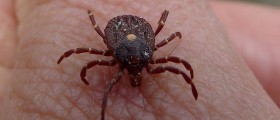
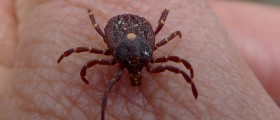
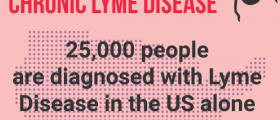
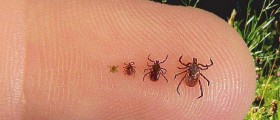

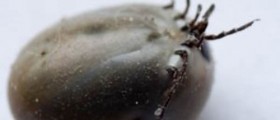







Your thoughts on this
Loading...